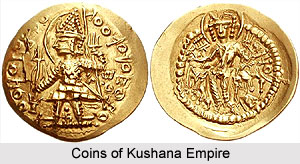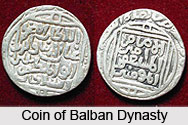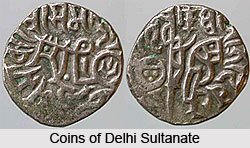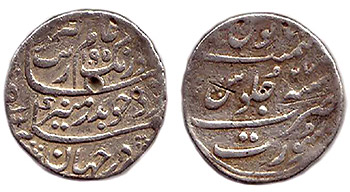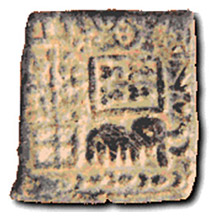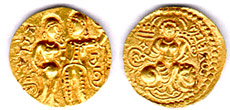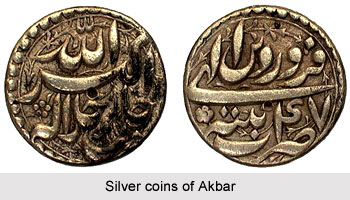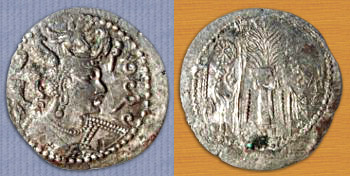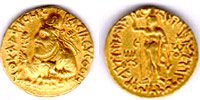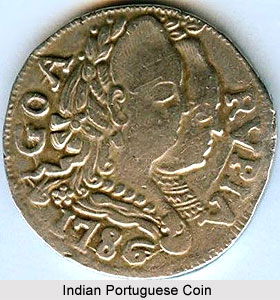 The Chalukyas minted coins in gold, silver and copper. Some of the gold coins of the Kalyana Chalukyas are plated coins as they are of a base-metal core covered or plated with a thin layer of gold. Each design or symbol on the Chalukya coin has been impressed by a separate punch, and like the Kadamba coins the ones of the Chalukyas too assume the form of a concave saucer or cup.
The Chalukyas minted coins in gold, silver and copper. Some of the gold coins of the Kalyana Chalukyas are plated coins as they are of a base-metal core covered or plated with a thin layer of gold. Each design or symbol on the Chalukya coin has been impressed by a separate punch, and like the Kadamba coins the ones of the Chalukyas too assume the form of a concave saucer or cup.
The most common device on the obverse of the Chalukya coins is the varaha or boar. Religious symbols such as the lamp, lotus and conch sometimes appear around the boar. On a few rare coins, the sun and moon symbols are depicted above the boar - the moon as a crescent while the sun is shown as a circle or pellet. The varaha, was the royal emblem of the
